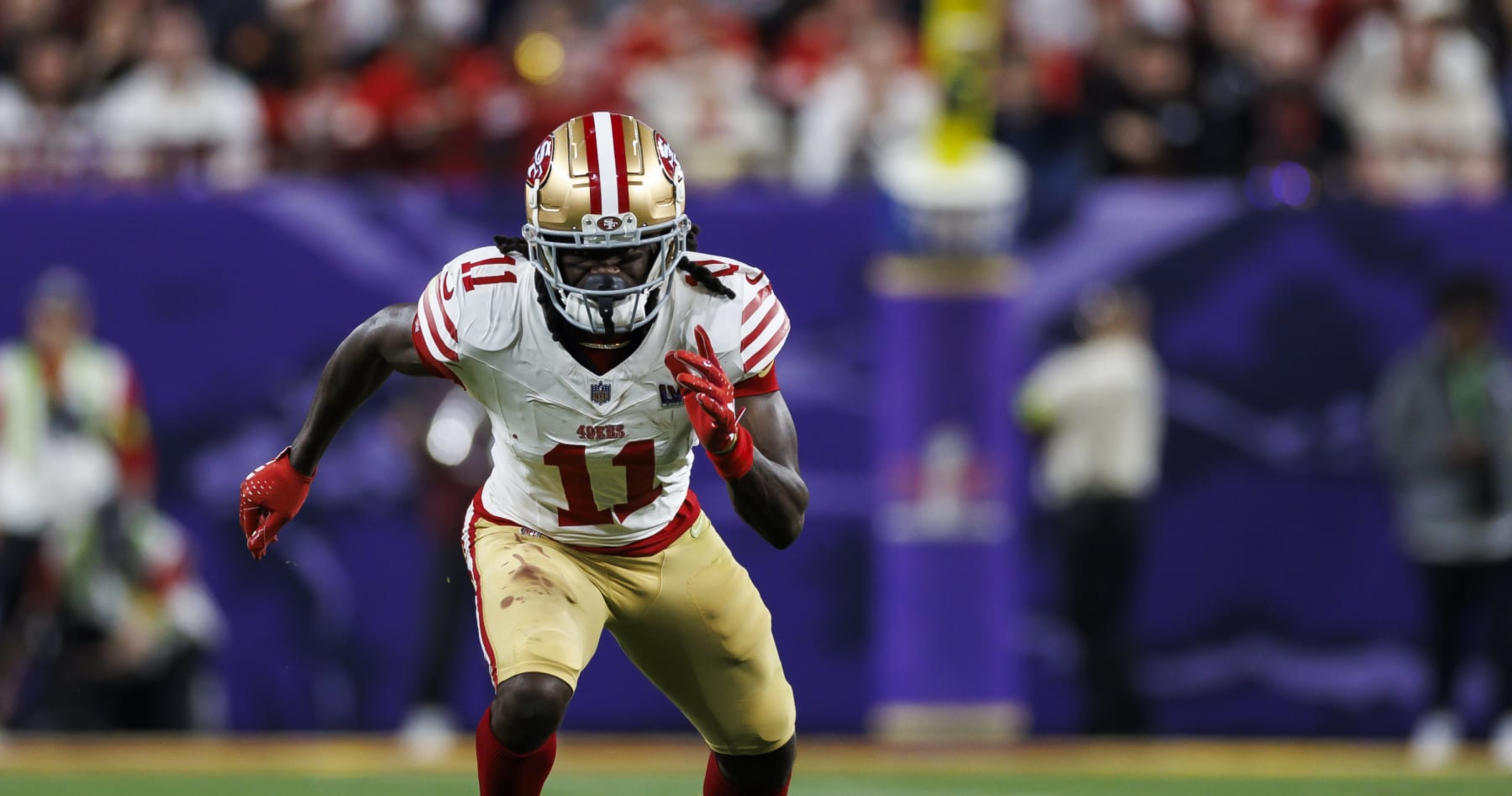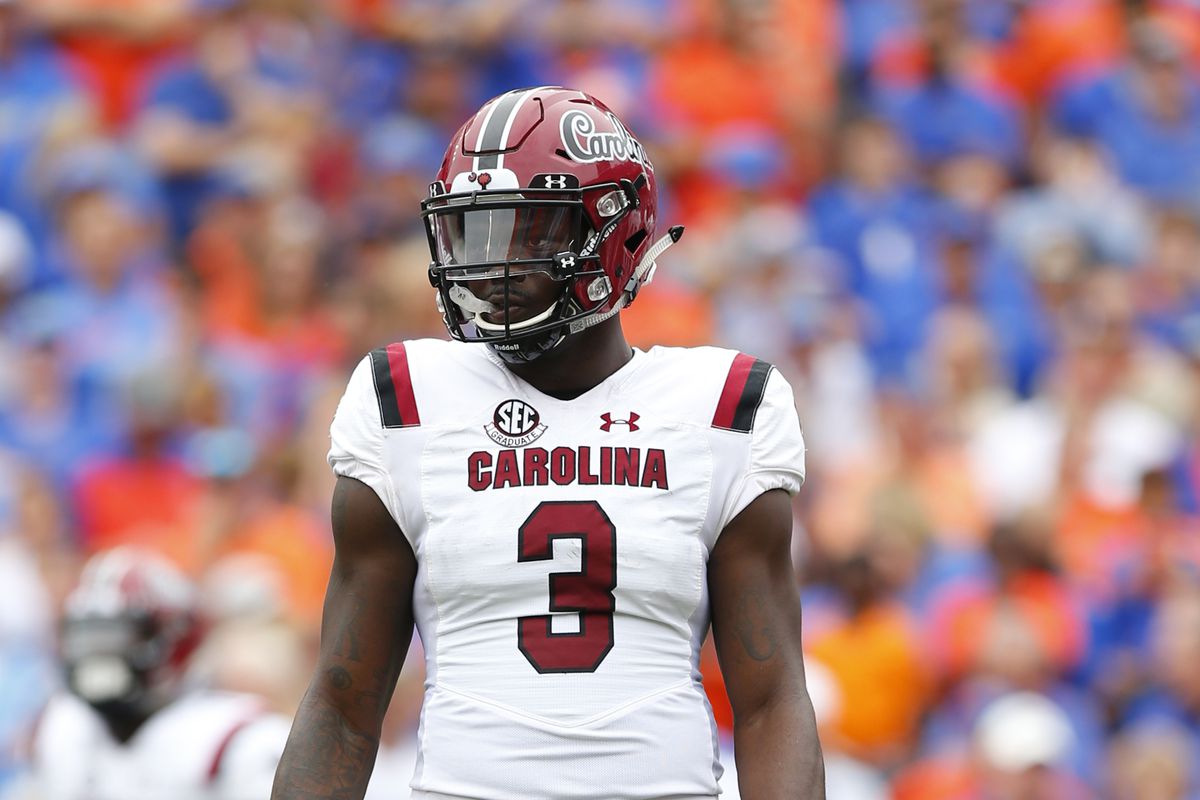Can a team truly master the art of the NFL draft, turning the event into a strategic advantage year after year? The San Francisco 49ers have built a reputation for precisely that, and their calculated trade-back maneuvers are a testament to a well-defined philosophy.
The annual NFL Draft, a spectacle of anticipation and strategic maneuvering, often sees teams vying for top talent, hoping to secure the future of their franchises. However, the San Francisco 49ers have approached this process with a distinct methodology, one that emphasizes calculated risk-taking and long-term roster construction. Instead of simply selecting players at their assigned draft positions, the 49ers have become adept at trading down, acquiring additional picks and assets while still landing high-caliber players. This strategic approach, often referred to as the "trade-back strategy," has become a hallmark of their draft-day operations. Its a fascinating look at how one team has found a unique, if sometimes controversial, edge in the competitive landscape of the NFL.
The 49ers' draft strategy goes beyond simply selecting players; it is a comprehensive plan aimed at optimizing resources, building depth, and ensuring sustained success. This approach has garnered significant attention from analysts, fans, and rival teams alike, each eager to understand the mechanics behind their consistent success. How do they do it? What principles underpin their decision-making process? We delve into the intricacies of the 49ers' trade-back strategy, examining its components, historical impact, and the challenges inherent in its execution. Its a look at how a team attempts to transform the draft into a mechanism for long-term growth.
The San Francisco 49ers trade-back strategy centers on the principle of accumulating more draft picks by trading down in the draft order. This approach isn't merely about moving down; its about identifying opportunities to acquire additional assets. When other teams are eager to move up to secure a specific player, the 49ers seize the moment, negotiating trades that provide them with extra picks in the same draft or future drafts. This gives them the flexibility to address multiple areas of need, thereby increasing their chances of building a deep and talented roster.
Imagine this scenario: a team positioned in the top 10 is eyeing a promising quarterback. But, the 49ers, recognizing the value of their position, make a trade, moving down the draft board, and adding a second-round pick. Even if they dont get the exact player they would have selected initially, they can still secure a top talent while acquiring another asset to bolster the roster. The beauty of this approach lies in its adaptability and foresight, which allows them to select the players they want, while also strengthening the team for the future. The 49ers have displayed a remarkable ability to predict which players will still be available, ensuring they dont miss out on their primary targets when they make their moves.
This strategy is evident in recent drafts where the 49ers have strategically traded back, resulting in key acquisitions that have contributed significantly to their success. Players such as Nick Bosa, Trent Williams, and Christian McCaffrey (acquired via a trade made possible by previous draft capital) are testament to the strategy's effectiveness. These moves have helped build a dynamic and deep roster capable of sustained success. The 49ers' roster is a clear example of the successful application of their trade-back strategy, with a blend of established stars and emerging talents, each player contributing to the team's overall success.
The 49ers' success in the draft is not merely a matter of chance, nor is it a matter of luck, it's an intricate orchestration of detailed scouting, player valuation, and a commitment to a long-term vision. They have an exceptional scouting department, a dedicated group of individuals committed to thoroughly evaluate and analyze talent.
| 49ers Draft Strategy: Key Personnel | |
|---|---|
| Position | Name |
| General Manager | John Lynch |
| Head Coach | Kyle Shanahan |
| Assistant General Manager | Adam Peters |
| Director of Player Personnel | Ran Carthon |
| Director of College Scouting | Ethan Waugh |
| Source: 49ers Official Website |
Several factors contribute to the success of the 49ers trade-back strategy. First, they have an exceptional scouting department, and its ability to forecast which players will remain available after they move down the draft board. This enables them to make trades with the confidence of not missing out on their target players. Secondly, their keen eye for identifying undervalued players is a crucial element. The 49ers often find players who might not boast the most eye-catching college stats but possess the skills to excel in the NFL. Trading back allows them to secure these players while gaining extra picks, providing them with depth across multiple positions. Furthermore, the 49ers have created an organizational culture that emphasizes player development. They seek players who have the potential to grow and thrive within their system. This long-term approach is a perfect fit for the trade-back strategy, enabling them to take calculated risks and maximize the potential of their draft picks.
The trade-back strategy is not a simple one, its a multi-faceted plan. It requires the careful identification of potential trade partners, the precise assessment of player value, and the efficient maximization of draft capital. These elements work synergistically to deliver the desired results, creating a winning team in the long run.
The cornerstone of the trade-back strategy lies in finding the perfect trade partner. The 49ers are adept at identifying teams eager to move up in the draft. These teams are frequently willing to give up more assets to secure a higher pick. This early identification allows the 49ers to negotiate advantageous deals. An example is the 2021 draft, where the 49ers traded with the Miami Dolphins, who were eager to select Tua Tagovailoa. In return, the 49ers received a package of picks, including a first-round pick in the 2022 draft. This trade not only provided additional assets but also enabled them to draft Trey Lance, a quarterback with significant potential.
The 49ers trade-back strategy is not without its critics, and one of the main arguments against it revolves around the risk of "missing out" on top talent. By moving down the draft board, a team risks the possibility of seeing a player they covet get selected by another team. However, the 49ers have consistently demonstrated a willingness to take calculated risks to maximize value. They recognize that the draft is not just about picking the next best player; its about identifying players who align with their long-term vision.
Another critical aspect of their strategy is accurately evaluating player value. The 49ers utilize a robust scouting system, assessing players based on various factors. This includes physical attributes, college performance, and character. Their thorough evaluation process ensures they make informed decisions. They also rely on their coaching staff to provide input on prospective draft picks. This collaboration between scouts and coaches helps them pinpoint players who fit their system and can contribute immediately. In essence, the 49ers' approach demonstrates a commitment to building a well-rounded and adaptable team, positioning themselves for sustainable success.
The ultimate aim of the trade-back strategy is to maximize draft capital. By trading back, the 49ers acquire multiple picks that allow them to address various roster needs. This approach is critical for ensuring they dont put all their eggs in one basket. In the 2020 draft, the 49ers traded back multiple times, picking up picks that turned into players like Brandon Aiyuk, Josh Jones, and Javon Kinlaw. These players have become key contributors to the team. It is proof of the strategy's effectiveness and a testament to the teams ability to identify and develop talent.
History provides ample examples of the 49ers' trade-back strategy. One notable example is the acquisition of Jimmy Garoppolo in 2017. They traded two second-round picks and a third-round pick to the New England Patriots to acquire Garoppolo. This move was seen as a bold gamble but paid off handsomely. Garoppolo quickly established himself as the team's starting quarterback, leading them to the NFC Championship game in his first full season. This trade addressed a critical need and helped set the stage for future success.
The Trey Lance trade in 2021 is another strong example. The 49ers traded with the Miami Dolphins, giving up a significant amount to move up and select Lance. In return, they received a package of picks, including a first-round pick in the 2022 draft. While Lance's time with the team was short-lived, the trade allowed the 49ers to secure a quarterback of the future while also acquiring additional assets. This kind of forward-thinking approach has consistently given the 49ers a competitive edge. In 2022, the 49ers leveraged the picks acquired in the Lance trade, further demonstrating their ability to build a competitive and sustainable team.
The trade-back strategy is not without its challenges and its fair share of critics. The main critique is that it might lead to missed opportunities. The 49ers may pass on a player who could have been available at their original pick. The strategy demands a high level of foresight and accuracy when assessing player value. Poor judgments could lead to less-than-ideal picks. Despite these challenges, the 49ers track record suggests they navigate these challenges effectively.
Addressing the "missed opportunities" argument, the 49ers consistently demonstrate a willingness to take calculated risks. By trading back, they are not just settling for the next best player; instead, they seek out players who align with their long-term vision. For example, in the 2019 draft, they traded back before selecting Nick Bosa. Bosa has since become one of the premier defensive ends in the league, proving the strategys potential for significant rewards when executed properly.
Accurate scouting is also important to the trade-back strategy's success. The 49ers have heavily invested in their scouting department. They employ a team of experts tasked with evaluating players. They use traditional scouting methods and combine them with modern data analysis to make accurate predictions about player success.
The impact of the trade-back strategy on the 49ers roster has been significant. By accumulating more picks, they have addressed multiple needs. This has resulted in a deep and talented roster that can compete at the highest level. In recent years, the 49ers have used their additional picks to strengthen their offensive line, secondary, and defensive line. These moves have paid off, as they have reached the NFC Championship game multiple times.
The ability to build depth through the draft is a key benefit. By acquiring multiple picks, the 49ers can address areas of need. This depth is crucial for overcoming injuries and other challenges. Players like Elijah Mitchell, George Kittle, and Fred Warner have made significant contributions to the team. This highlights the effectiveness of the strategy.
Securing future draft capital is another significant advantage. By trading back, the 49ers can acquire picks in future drafts. This provides the flexibility to address long-term needs. The picks acquired in the Trey Lance trade have proven valuable. This forward-thinking approach has helped maintain a competitive edge.
The 49ers trade-back strategy is a masterclass in draft-day management. They maximize value, build depth, and secure draft capital. It's a blueprint for teams aiming to navigate the draft process. Accurate scouting and player evaluation are vital. A strong organizational culture that emphasizes development is essential. The 49ers approach, marked by calculated risks and informed decisions, shows how teams can build competitive rosters. When watching the draft, keep an eye on the 49ers, you may see them pull off another trade-back masterclass.
- Best Shock Sites Ever Prepare To Be Amazed
- Viralkandcome Your Guide To Going Viral In The Digital Age


